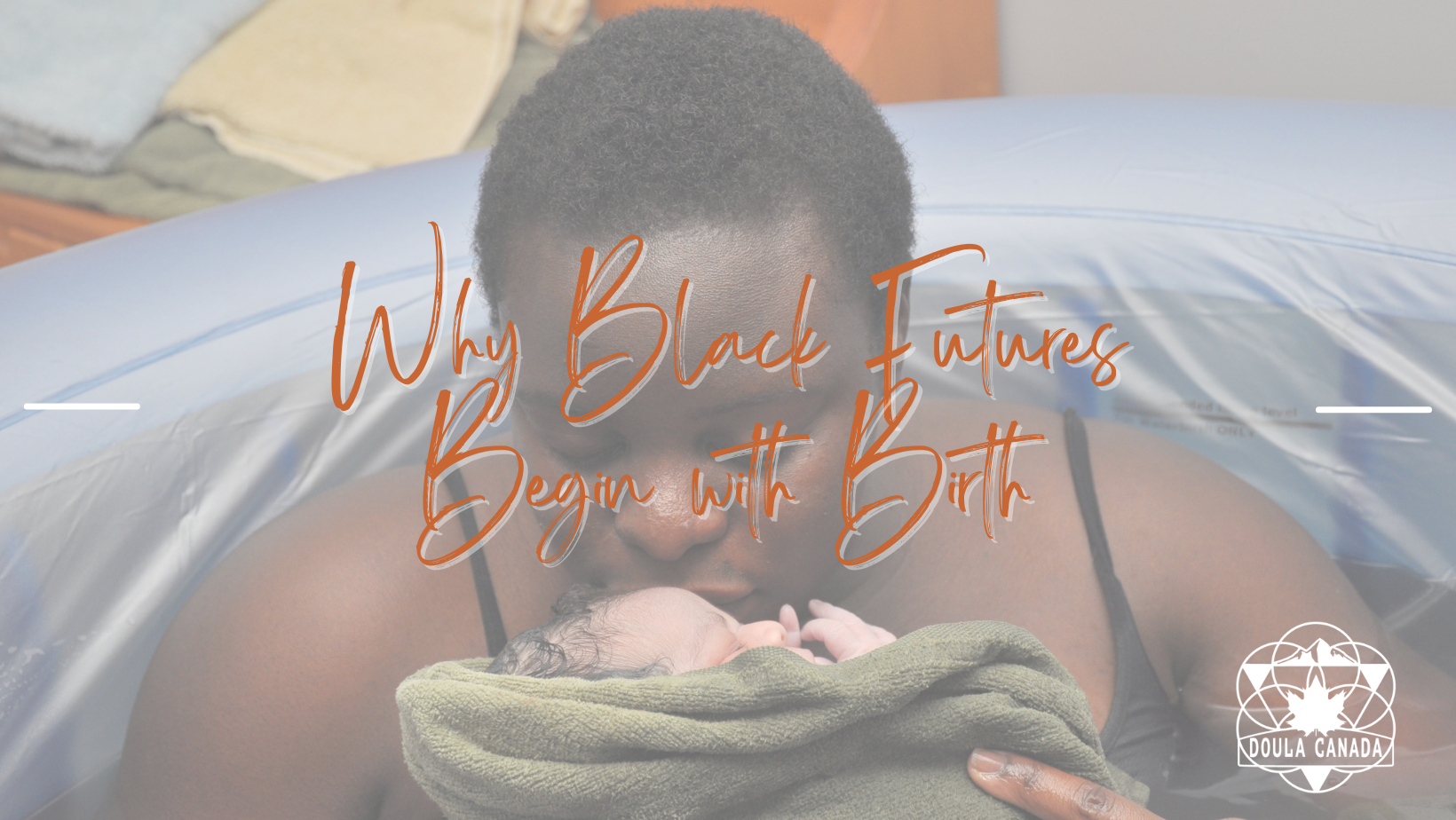[vc_row][vc_column][vc_column_text css=”.vc_custom_1707747263915{margin-bottom: 0px !important;}”]Anarcha, Betsy, and Lucy’s gynecological advancements have undoubtedly saved and improved countless lives. Yet they are not celebrated in most textbooks on gynecology or its history. Lucy, Betsy, and Anarcha were not medical researchers. Their ingenuity was a matter of survival. They were among the enslaved Black women that physician Marion Simms tortured and butchered by experimenting on them without anesthesia in the name of medical research.
Marion Simms is regarded as the “Father of Gynecology”. Not only is he remembered in the textbooks, but there is also a statue in his honour in his hometown of Alabama, in front of the clinic where he tortured Black women. He invented the speculum and the position of lying on one’s back with feet in the stirrups, that most birthers are expected to adopt in medicalized deliveries is named after him.
Simms believed that as a result of being less human than white women, Black women did not feel pain. He had no ethical qualms about conducting his “experiments” without anesthesia, despite the need to restrain the screaming women. When his medical assistants did and quit, he trained Lucy, Betsy, and Anarcha to perform this role. The three women perfected many of the procedures he was developing to save each other’s lives. Simms took the credit of course.
In 2022, a sculpture by Afrian-American artist and activist Michelle Browder finally began giving these women the recognition they are due while raising awareness of the suffering that was inflicted on them without their consent or free will. “Mothers of Gynecology” tells the stories of these heroes visually.
All three women had suffered painful pelvic floor injuries during childbirth that affected their bowel and bladder control, making them unfit for hard labour on plantations. Now useless to their owners, they were leased to Dr. Simms in the hopes of him finding a cure that would restore them to productivity. His first experimental surgeries were failures. Undaunted, he continued his experiments, training the women to function as his assistants after his white assistants quit. They each became skilled medical providers in their own right. Simms experimented on a total of 12 enslaved women, but only Anarcha, Betsey, and Lucy’s names are preserved in his reports. To make his research more palatable, his reports state that the experiments were conducted on white women with assistance from white nurses.
Browder’s arresting sculpture manages to convey the details of this horrific story in a way that transcends words and restores power and dignity to these exploited women. The sculptures are intricately fashioned from found metal. The three women are towering in this commanding piece, with Anarcha standing at 15 feet, Betsy standing at 12 feet, and Lucy at 9 feet. While the viewer’s emotional reaction to the piece is immediate and visceral, the symbolism possesses such a wealth of detail that you’d need to stand in front of it for at least an hour to pick up on everything. This Smithsonian article describes the symbolism like this:
“The statues incorporate meaningful—and painful—symbolism. Anarcha’s abdomen is empty, except for a single red rose where her uterus would be. Her womb sits nearby, full of cut glass, needles, medical instruments, scissors, and sharp objects intended to help viewers feel the women’s pain and suffering.
Medical scissors are attached to one woman. Another wears a tiara created out of a speculum—a device Sims invented for vaginal exams. The names of Black women [civil rights heroes] are welded to the statues.”
The figures have no arms or lower legs to represent the women’s lack of bodily autonomy.
Michelle Browder uses art as one aspect of her reproductive justice work. In 2022, she bought the land on which Simms conducted his experiments and is working on opening a clinic and museum for Black women’s health on the site.
Simms’ racist belief that Black women had a higher pain tolerance than white women is still prevalent among healthcare providers. In perinatal health, this means Black birthers’ pain goes under or unmanaged, and pain that should sound the alarm regarding complications goes ignored. Black birthers know this and the main reason we seek birth doula support is to ensure we have an observer and advocate making sure our pain is being taken seriously and treated appropriately.
Learning more about the mothers of gynecology is one activity that you can do to observe Black Future Month. You can find out more here:
Artist Works to Correct Narrative of Gynecology’s Beginnings
https://www.anarchalucybetsey.org/
[/vc_column_text][/vc_column][/vc_row][vc_row][vc_column][vc_single_image image=”534490″][/vc_column][/vc_row][vc_row][vc_column][vc_column_text css=”.vc_custom_1707747309073{margin-bottom: 0px !important;}”]Keira Grant (she/her) Inclusion and Engagement Lead – Racialized Communities
Keira brings a wealth of experience to the Online Community Moderator role. She is a Queer, Black woman with a twenty-year track record in Equity, Diversity, and Inclusion (EDI) education, projects, and community building initiatives.[/vc_column_text][/vc_column][/vc_row]

